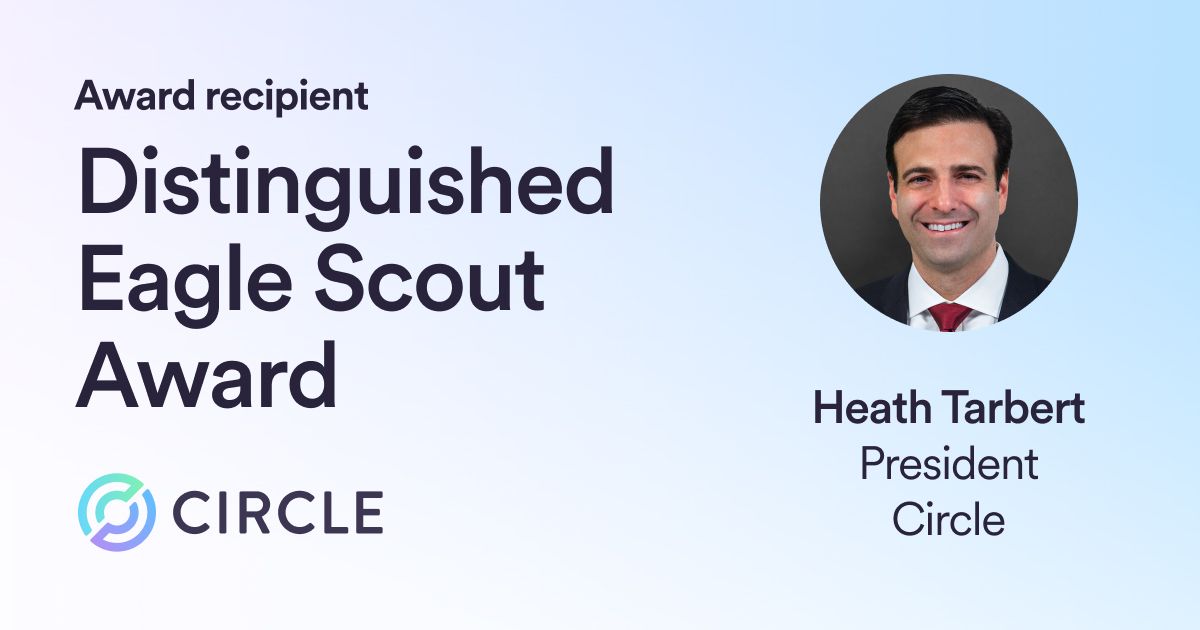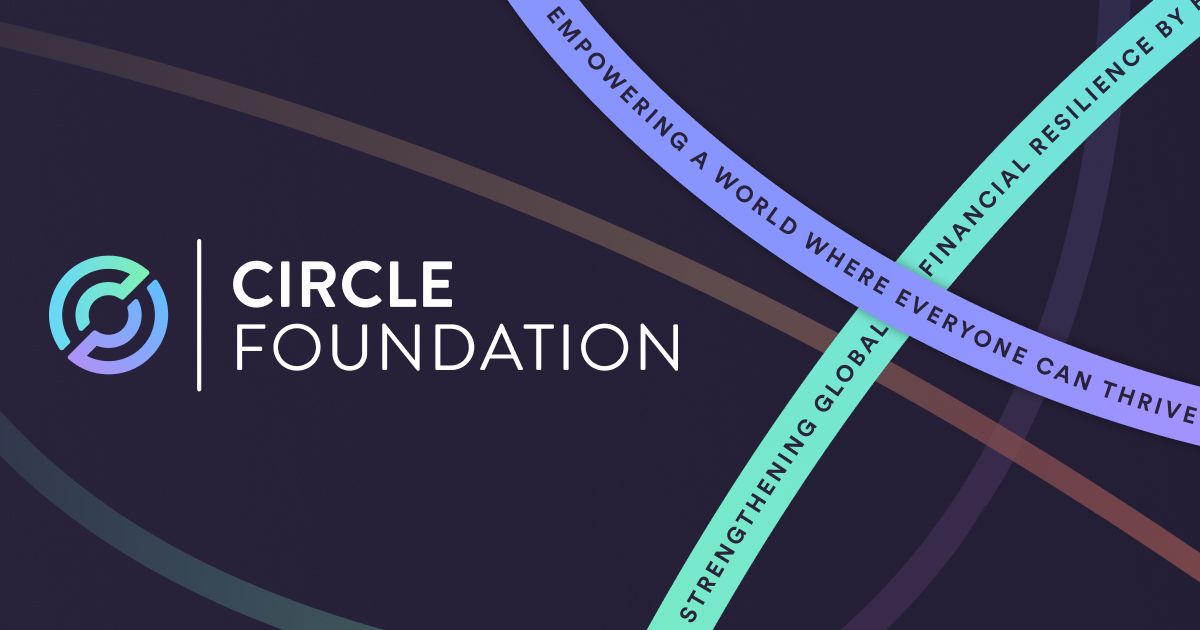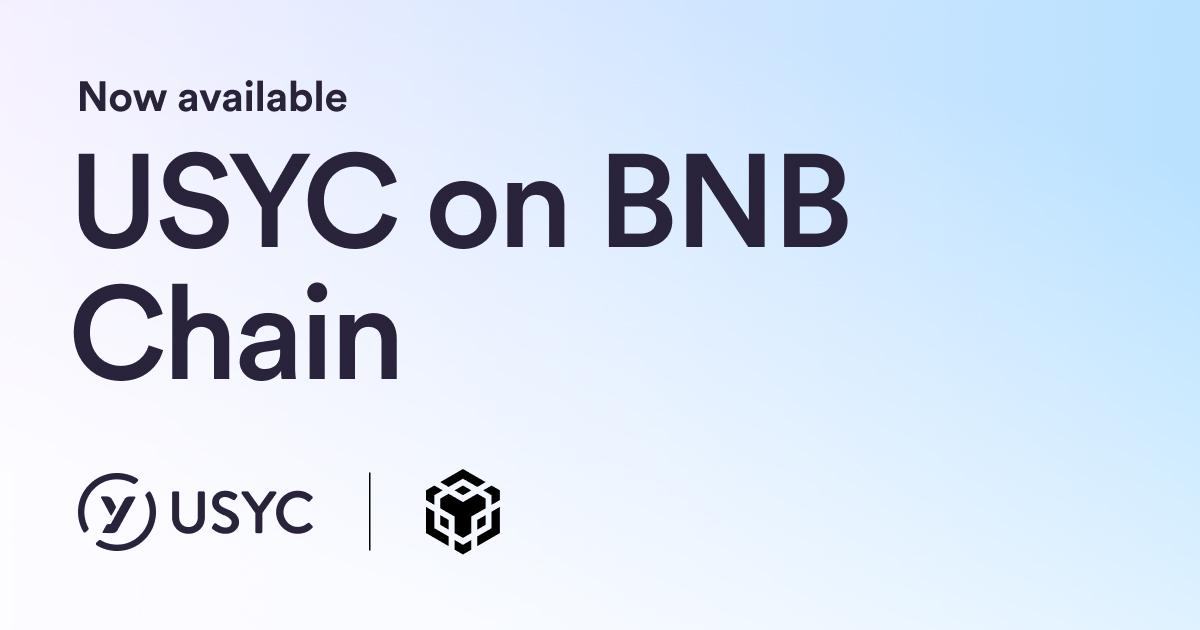Discussion at WEF on where crypto fits in the history of value exchange and a potential regulatory approach for the new world of digital assets.

At the World Economic Forum in Davos in January, I had the honor of joining renowned historian Niall Ferguson* at the Circle lounge for a wide-ranging conversation on the future of money. Michael Casey, CoinDesk’s Chief Content Officer, moderated the conversation.
Ferguson is the best-selling author of many books, including the seminal work, “The Ascent of Money.” As our discussion shows, his keen observations of financial history help illuminate what the future could bring for global commerce.
Together, we discussed how money as a construct has changed over time, where “crypto” fits in the history of value exchange and a potential regulatory approach for the new world of digital assets.
Here are some highlights.
Beyond the three definitions of money
Ferguson covers the classical functions of money – store of value, medium of exchange and unit of account – and explains why we need a redefinition and expansion of the functionality of money.
Digital currency programmability
Now that blockchains have made it possible to represent dollars as code on the internet, it’s possible to program money to do things that have never been possible.
Why stablecoins are not “wildcat banking”
Ferguson and I challenge the common misconception that fully reserved stablecoins are akin to wildcat banking, since they don’t create asset-liability and duration mismatches.
View the full conversation here.
*Circle compensated Niall Ferguson for his appearance in this panel. His views are his own honest beliefs, and do not necessarily reflect the views of Circle.






